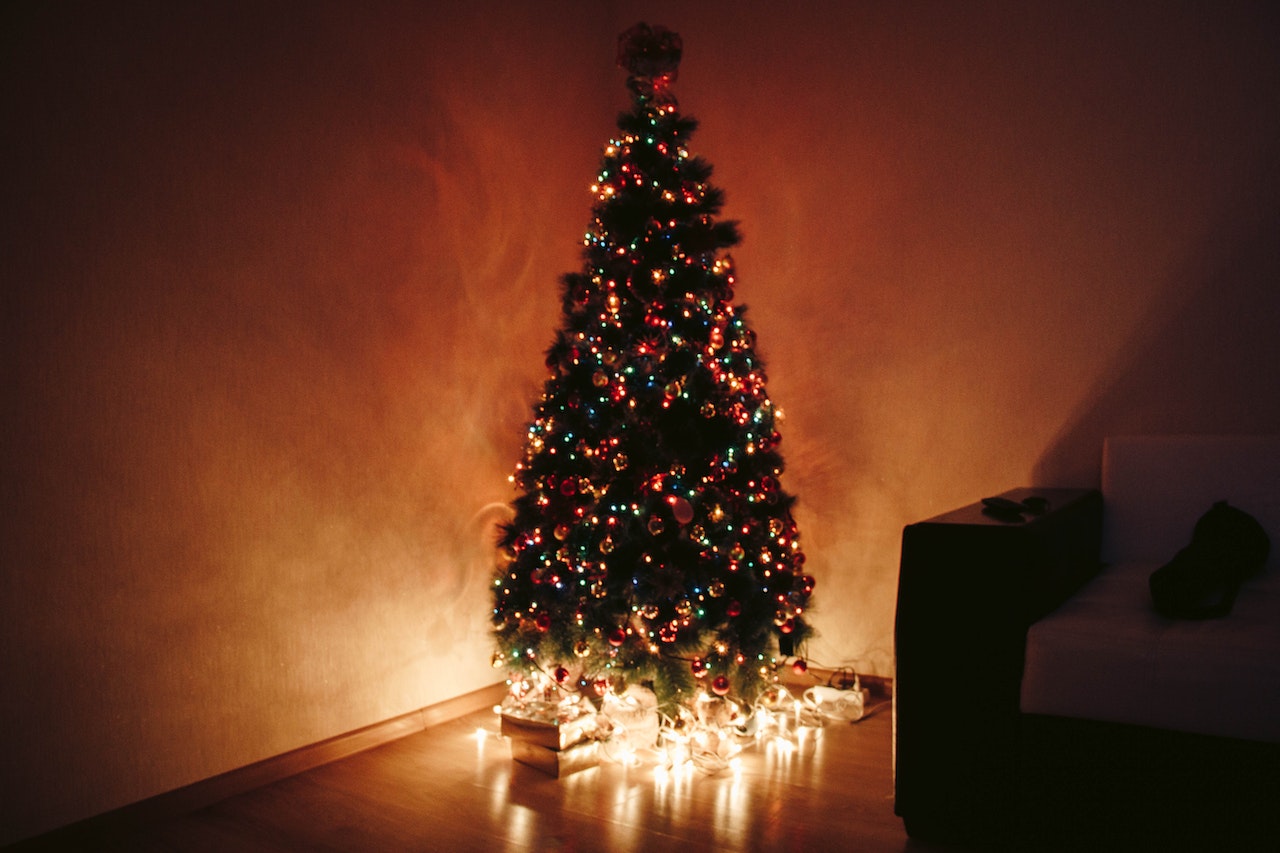The tradition of bringing a live evergreen tree into your home and decorating it for Christmas dates back hundreds of years. While many families now opt for artificial trees, there’s something special about selecting and harvesting your own real Christmas tree. Cutting down your tree can be a fun annual family tradition and is a great way to get outdoors during the holiday season.
When to Look for Your Tree?
It’s best to cut down trees within 1-2 weeks of when you plan to decorate it. Cutting trees too early can cause them to dry out and lose their needles prematurely. Be sure to research when Christmas tree farms and cutting areas open in your region.
This is typically late November or early December. Many tree farms and natural forest-cutting areas open for business the day after Thanksgiving and remain open through mid-December.
Types of Trees to Consider
There are many evergreen species used as Christmas trees. Some popular varieties include:
- Frasier Fir – Popular for its dark green needles, nice scent, and excellent needle retention. The branches are spaced nicely for hanging ornaments.
- Douglas Fir – Has soft, flat, blue-green needles. It has good needle retention and a classic Christmas tree shape and scent.
- Noble Fir – Has stiff branches well-suited for holding heavy decorations. The needles have a silver underside.
- Scotch Pine – Has long, dark green needles that stay on the tree well. It has a full, uniform shape.
- White Pine – Has soft, flexible blue-green needles. It has a classic triangular shape and a light, airy appearance.
When selecting a species, consider your ceiling height, tree stand size, and decorating style. Fir trees often retain needles the best but have stiff, sharp branches. Pines have softer, more flexible branches.
What to Wear and Bring?
Be sure to dress appropriately for the weather when heading out to cut your tree. Wear layers, waterproof boots, gloves, and a warm hat. Temperatures are often frigid in December. Bring the following supplies:
- Hand saw, or chain saw.
- Rope or twine.
- Tarp.
- Cash or credit card for payment.
- Tree stand.
Inspecting and Selecting Your Tree
When browsing trees at the farm or forest area, look for ones with:
- Full, green branches from top to bottom.
- There are little bare spots when you look up through the branches.
- Sturdy branches that do not snap easily when bent.
- A straight, healthy trunk without uneven growths.
Gently shake the tree or run your hand along the branches to check needle loss. Choose a tree that does not shed too many needles. Consider the trunk diameter to ensure it will fit your tree stand (often 2-3 inches). Evaluate the height and fullness to find a tree suited to your room size. Narrow down your choices and select the perfect one!
Cutting Down Your Tree
Once you’ve selected your ideal Christmas tree, it’s time to cut it down. Be sure to get permission from a farm employee or ranger before sawing. Here are some tips for cutting:
- Use ropes to stabilize the tree as you cut to prevent it from tipping.
- Carefully cut through the trunk a few inches above the base using a sharp saw.
- Have someone hold ropes tied to the top to guide the tree as it falls.
- Saw off the remaining stump close to the ground but high enough to accommodate a tree stand.
- Carry the tree out of the field if possible, or carefully drag or slide it to your vehicle.
Transporting Your Tree
Once cut, properly securing your tree for transport is crucial:
- Wrap rope or strong twine around the tree tightly.
- Cover the entire tree with a tarp or mesh wrap to protect it from wind.
- Use roof racks or place the tree in a truck bed to transport it home.
- Drive slowly and safely, as the tree can cause impairment.
Caring for Your Tree at Home
To keep your tree fresh throughout the season once home:
- Cut 1-2 inches off the trunk bottom before putting it in a stand with water.
- Check and replenish the stand’s water supply daily.
- Place your tree away from heat sources like vents or fires.
- Consider adding preservatives or sugars to the water to prolong freshness.
- Remove the tree promptly once Christmas has passed.
Properly cared for, your cut tree should stay fresh and minimize needle loss through New Year’s.
Conclusion
Cutting down your own Christmas tree can be a rewarding way to carry on a treasured family tradition. With some preparation and planning, you can select the perfect evergreen specimen and safely transport it home.



